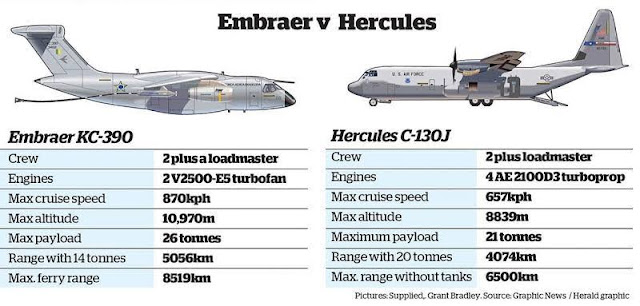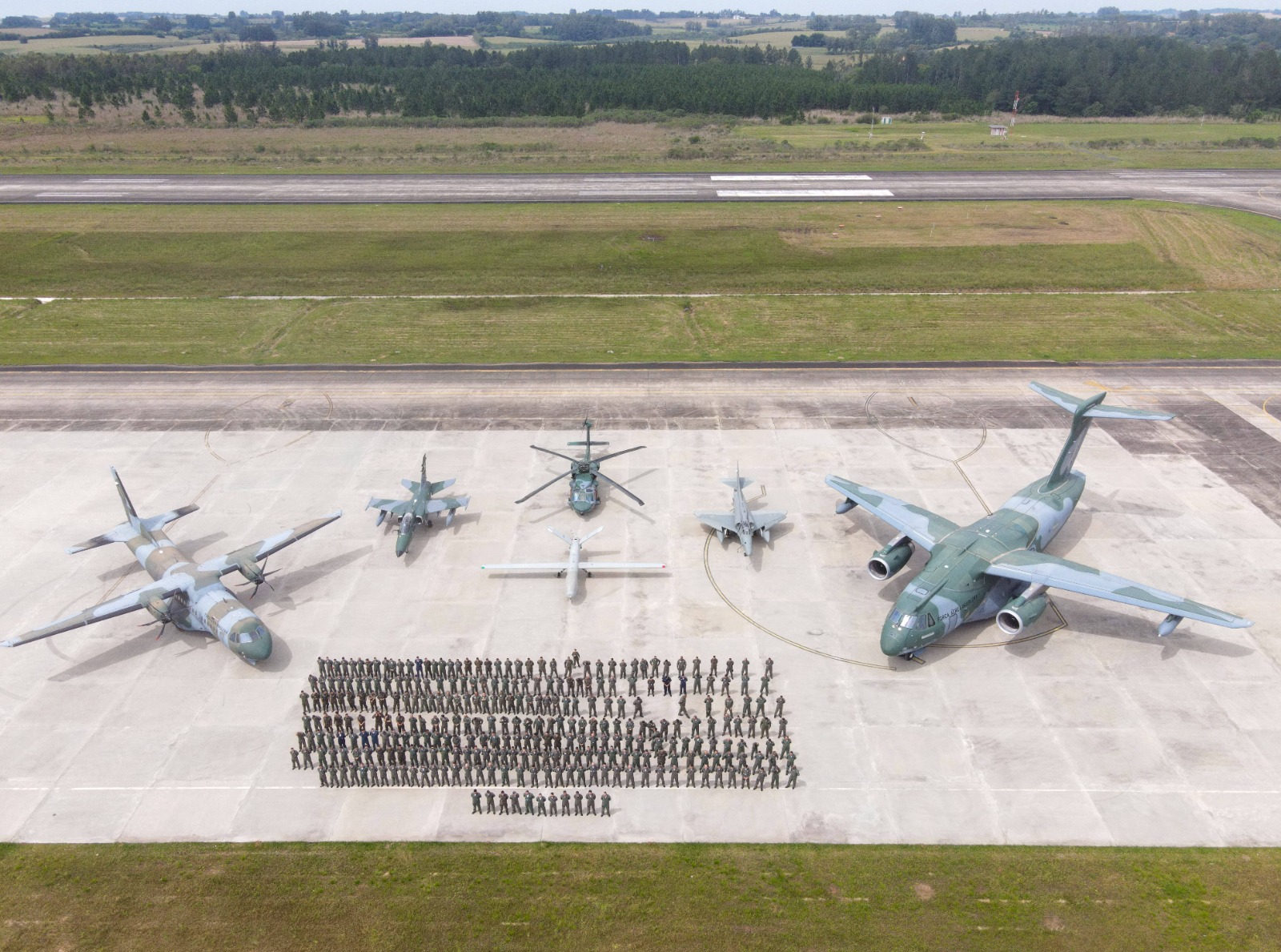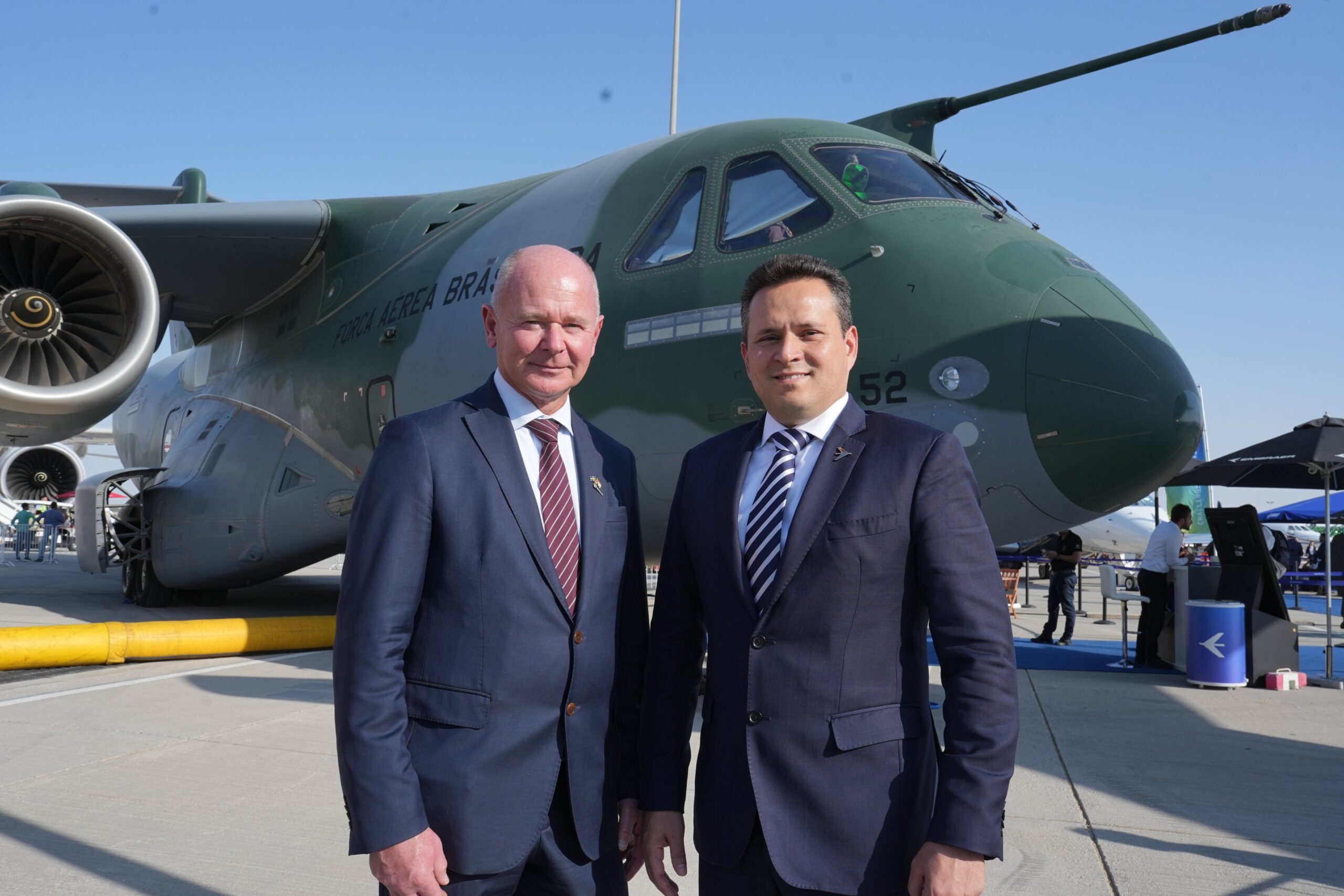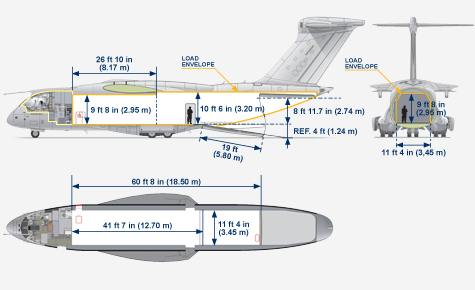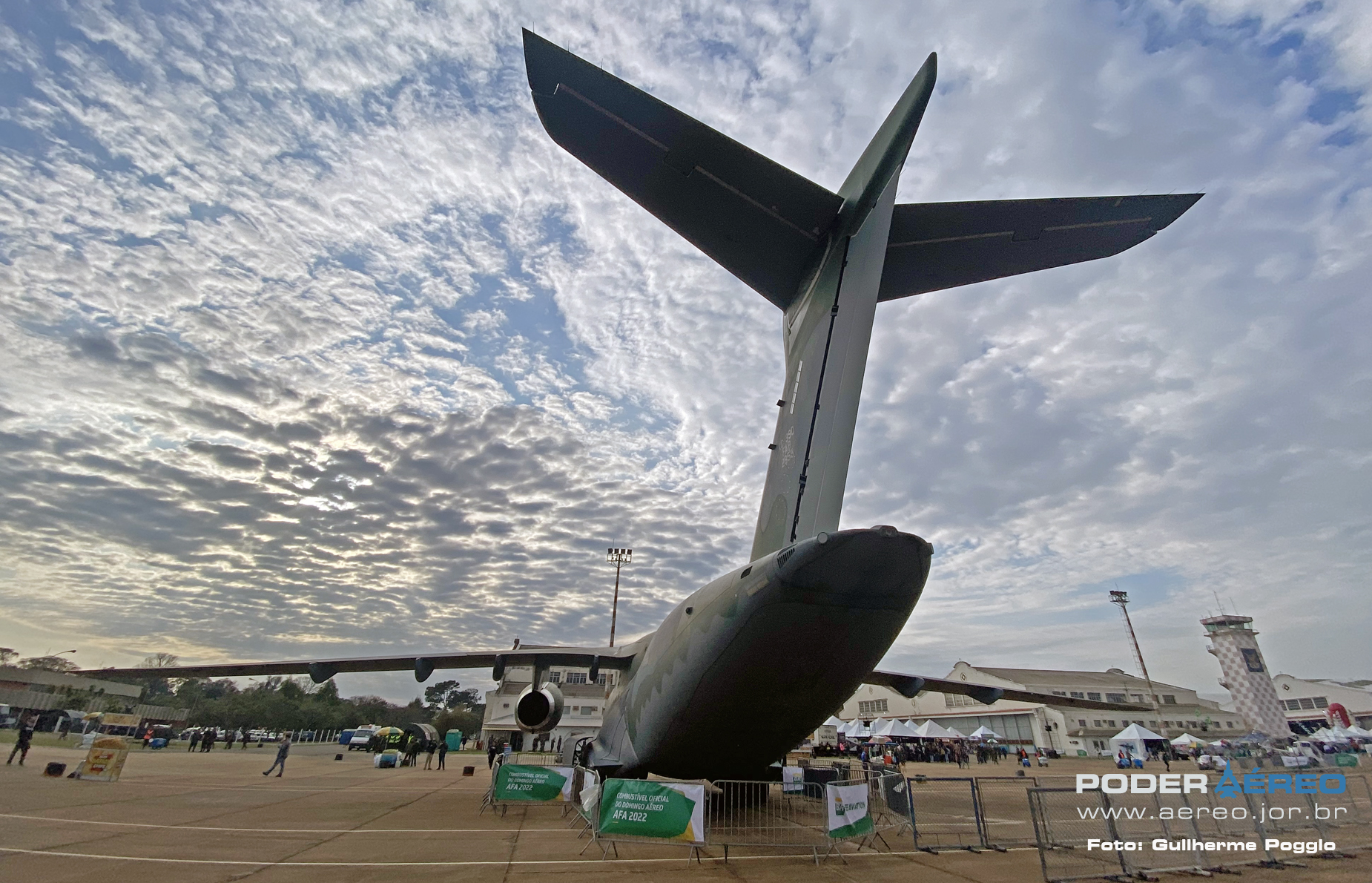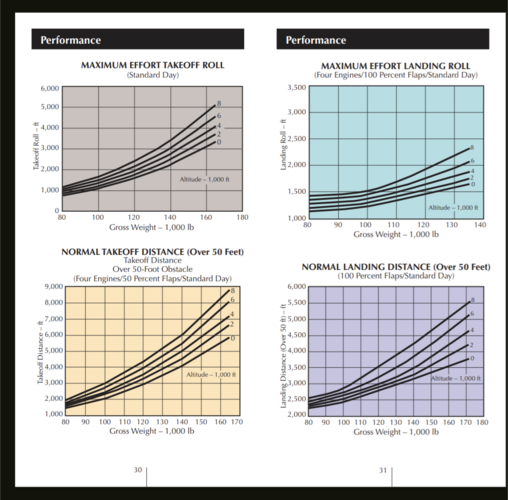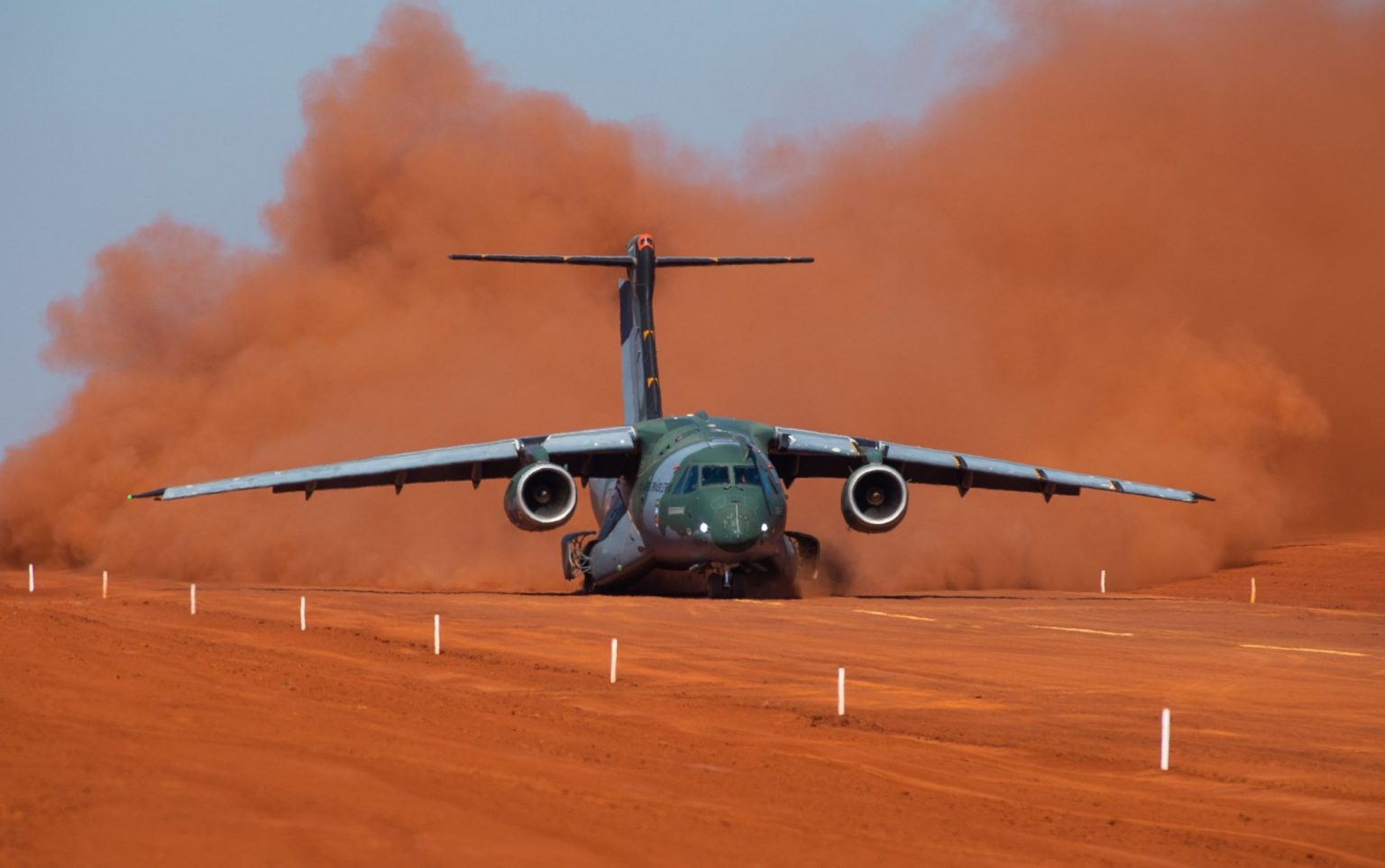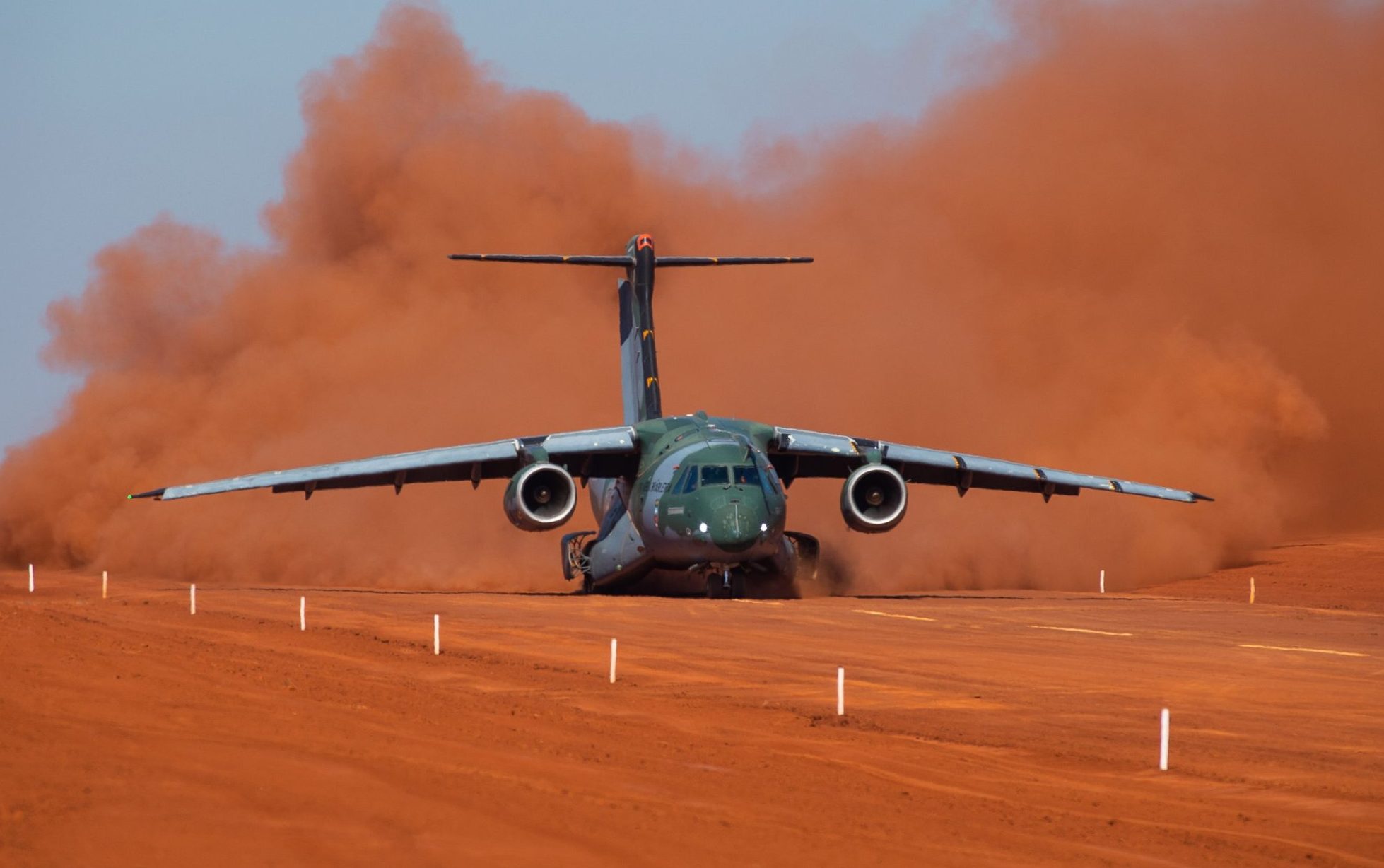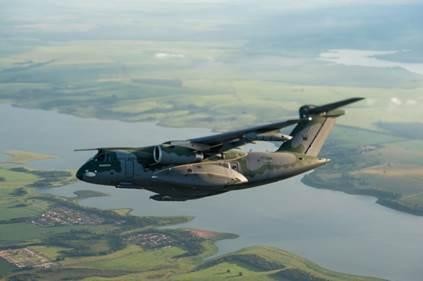Scott Kenny
ACCESS: USAP
- Joined
- 15 May 2023
- Messages
- 11,666
- Reaction score
- 14,378
?Volume is important, especially height and width. And that's where the Herc falls short. F.e. the Austrians say the C-390 can fit 1 Pandur APC or 1 S-70 Blackhawk, the C-130 cannot.
I could have sworn that part of the design specs for the H60 was fitting into a C-130?

